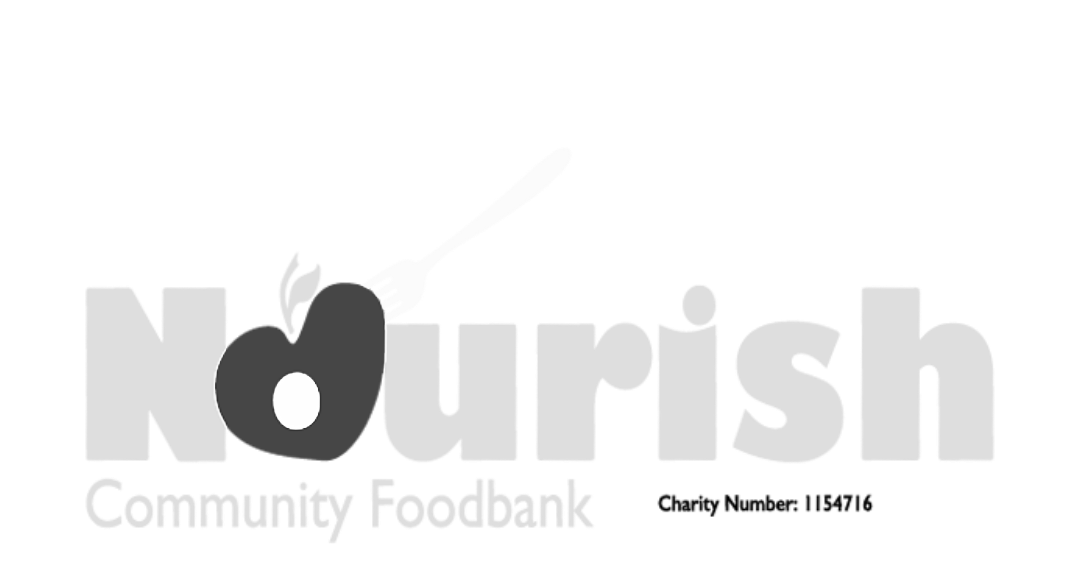IT security at MPower
M:Power Accounting is pleased to announce that we have engaged the services of Virtual Tin for IT support. Please find important information below about how this change in our data platform will affect you:
1: All your data will be held on a dedicated M:Power Server
All the data that I hold, including your client information, will now be held on a secure server. Systems such as Onedrive and Dropbox provide excellent cloud based availability but there are some fundamental issues. Firstly, you don’t know where the servers are geographically based which means your data could be held in various countries outside of the EU and therefore would not be subject to the EU regulations on data security. I believe that data security is a vital issue. Secondly, these systems provide no back up, therefore it you deleted a vital file – it’s gone!! There is no argument on the convenience of cloud based storage but has the drive for convenience overshadowed the necessity for security?
2: Emails
All our working emails will stay the same so please do continue to use the emails that you have. However, over the weekend we will not be able to access them as the migration to our new platform takes place. All should be back to normal on Monday but if there are any technical problems we will let you know.
3: Background protection
All our emails and data will be continually monitored to prevent SPAM email being sent from M:Power and any new cyber threats being able to corrupt our data. Just last week my website was attacked and within an hour period we were receiving emails from a China robot every 10 seconds to our contact form on the website. Although there was no actual hack into our data the disruption this could have caused if it wasn’t stopped by Virtual Tin could have been significant. I have now removed the contact us form from the website which is actually the general guidance given out; if you do have contact forms please firstly check whether you really need them and the secondly ensure that you have sufficient protection from robots.
The reasons why I have moved to a secure server may also be applicable to your business; I cannot stress enough the importance of data security. Whatever data you hold, especially if it is client related, you need to be sure that it is safe and with new GDPR being enforced by July there has never been a time to more mindful of data security.
Please find a link below to Virtual Tin – if you have any concerns please contact them and they will be able to provide a service to meet your needs.
https://www.virtualtin.com/









